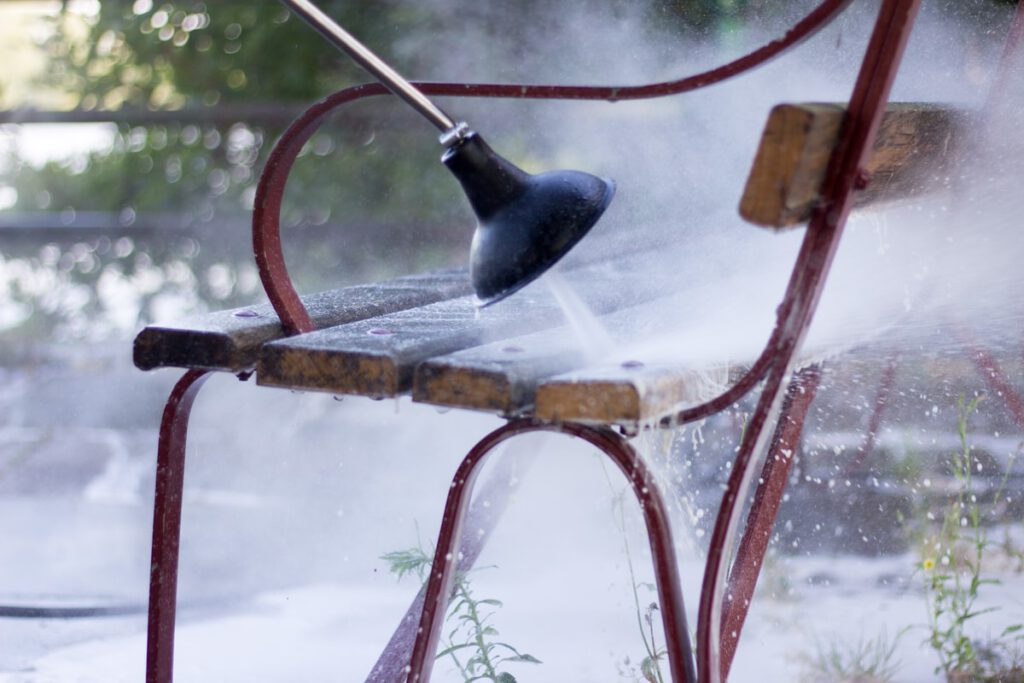In March, the WHO (World Health Organisation) announced the coronavirus outbreak as a global pandemic. They declared that the best way to prevent and slow down transmission is to be well informed about the virus, the disease it causes and how it spreads.
There can be some confusion about the differences between bacteria and viruses. We break down each of them and inform you on how to stop the COVID-19 spreading.
What are bacteria?
Bacteria are single-celled, living organisms. They have a cell wall and all the components necessary to survive and reproduce.
Only 1% of bacteria can actually cause disease and make us sick. In fact, many bacteria are essential for our good health and the overall health of ecosystems on the earth. Inside our bodies we have tens of trillions of bacteria making up our gut microbiome. We also have trillions more living, usually harmlessly, on our skin.
What are viruses?
In comparison to the single-celled bacteria, viruses consist of a piece of genetic material, such as DNA or RNA (but not both) surrounded by a protein shell called a capsid. A microscope is needed to be able to see viruses. They are 10 to 100 times smaller than the smallest bacteria.
Viruses are not considered to be ‘living’ because they need a host cell to survive long-term for energy, and to reproduce. They survive and reproduce by “hijacking” a host cell, and using its ribosomes to make new viral proteins.
COVID-19 is a respiratory virus.
How are bacterial infections and viruses transmitted?
Both bacterial infections and viruses are contagious, so can be transmitted from person to person, consuming contaminated water and food. The most common ways that they can spread include:
- Close contact with a person who has a bacterial infection
- Contact with bodily fluids with someone with the infection - for example coughing and sneezing
- Coming into contact with a surface contaminated with the bacteria, such as doorknobs or faucet handles and then touching your face, nose, or mouth
How do you reduce the spread of coronavirus?
During these next steps of the plan in getting back to normality, it’s important that steps are taken to reduce the spread of the coronavirus. Transmission of bacteria and viruses in a well-maintained and clean environment will considerably reduce the risk of infection.
Consider personal hygiene:
- Avoid touching your face (particularly nose, mouth and ears) with unclean hands
- Wash your hands with soap or antibacterial gel often
- Cover your mouth and nose when you cough or sneeze. Make sure you throw your tissue away/wash your hands after
Keep public spaces as clean as possible
The virus can remain active for a significant amount of time on many surfaces in public spaces like steel, metal, wood, glass and plastic. These materials are very common everywhere from external hospital areas (seating areas, smoking areas etc), to playgrounds, schools, parks, bus shelters, cemeteries and sports facilities.
To make public spaces as safe as possible for public use as lockdown eases, it’s important these surfaces are cleaned to help to keep the reproductive (R rate) down.
Foamstream Clean is an efficient method of deep cleaning and sanitising in public spaces to minimise the spread of Covid-19. In 2019, Foamstream was approved for use as an organic biocide in North America and the European Union and was proved to be highly effective at controlling Hepatitis C, as well as other harmful viruses.
Get in touch
If you want to implement Foamstream into your cleaning and cleaning and sanitisation strategy to reduce the spread of viruses in your local area, get in touch with us today.





